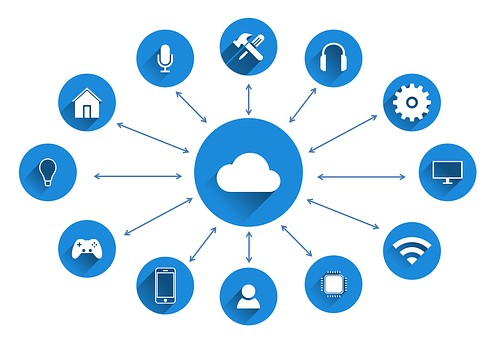If you have been wondering what a cloud-based application is, one of the easiest to explain is Office 365 or Google Docs. Basically, the software is not stored on a local computer but servers far away. It utilizes the Internet, and the program is usually pushed out over a web interface. If you think about creating a document on Google Docs, as a user, there is little difference to your experience between that and Word installed on your computer. But the way it runs is quite different, and cloud-based applications are becoming very popular, and the demand for them has dramatically increased. Therefore, the need to build them has also gone up, so just how do you make cloud-based applications?

Web Languages
You won’t even need to be a competent web programmer or find someone that is. They can be written in several different languages, including Ruby on Rails, Ember, React, Python, and more. So, your first port of call is finding someone who is able to do this. Cloud-based applications tend to fall into one of three distinctive categories.
Types of Cloud Apps
First of all, you have SaaS or software as a service, and these are the most common and therefore likely to be what you want to develop. You are creating software that users can access simply by logging into a web browser. The program itself runs remotely and can be used anywhere, making it accessible, compatible with any device as all it requires is the web browser, and perfect for people who have end-users scattered across multiple locations. Next, we have IaaS or infrastructure as a service, and these tend to be for more specific users. Finally, we have PaaS or platform as a service that gives the client a complete solution without them needing to have any of the infrastructures in place that would have historically been needed. Generally, companies turn to cow-based applications because they are cheaper than having to spend on hardware and software to set these things up in-house.

Pre-Requisites
To move on with developing your cloud-based application, there are then specific considerations that must be taken into account. Security is one of the primary risks of cloud computing, but the services provided are becoming more robust every day. This means you need to consider database privacy, or authentication, and security laws. It is also crucial that your cloud-based application is reliable and not likely to fall over at the drop of a hat. If you are going to be making a cloud-based application to sell, the performance is going to impact the number of customers you get. It is likely that you will use Content Delivery Networks to ensure the speed and reliability is there. A good business model will also factor in the scalability of your solution. What is your capability, and how many users would you be able to handle before you need your infrastructure to be overhauled?
The Design Flow
You should then begin to work through your ideas as a design flow; first of all, you should consider each section of your application. Where possible, have them in segments that can be individually worked on, giving you easier access to upgrade in the future. It is likely that you will need some assistance if you do not come from a strong programming background, as you next need to figure out how the communication works between each of the components within your application. You also need to take into account things like load variance and failure of one part. It is quite a complicated process, and there are plenty of specialist companies available to help you with your ideas and turning them into a genuine cloud-based application.

Outsourcing
If you decide to outsource to get specialist knowledge, there are certain things you need to define in advance. Firstly, you should have a clear idea of precisely what you want to achieve. It is essential to check that the company you are working for has experienced in your industry. There can be quite a lot of difference, and your product may not be as successful without relative industry experience. After the examples of previous client work and check their reputation with other companies they have worked with. They should be able to demonstrate that they are solvent and not likely to go anywhere. You should also make clear the budget for the project and agree on how this will work if problems are encountered. It would be best to contract that the developers will be on hand to help you at agreed periods. Finally, make sure they have a good understanding of the GDPR, as this can change when it comes to mobile and web applications and is also pretty new. You mustn’t fall foul of any of these laws using a cloud-based application.


Leave a Reply